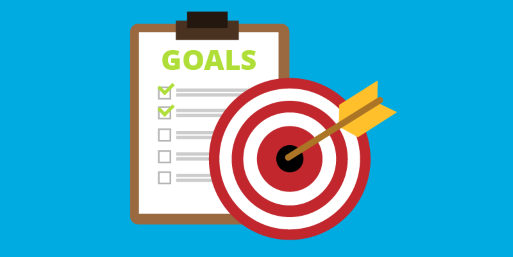Did you know email drip campaigns generate 80% increased sales at 33% less cost? Well, yes! It is true. In fact, companies have noticed an increase of 20% in their sales after using drip campaigns to nurture leads.
No matter how many new strategies and tactics come, email marketing never goes out style. But there are few tips that you need to learn before you start a drip campaign.
How Do You Write An Effective Drip Campaign?
Well, writing a compelling and converting drip campaign may seem a little daunting, but it is not. Here, we’ve rendered a few steps that can help you in achieving your goals and creating an effective drip campaign.
Step 1: Set Your Objectives and Goals
Yes – you are here for more customers and revenue!

But to get started, the very first thing you need to do is figure out your objectives and what you want from this campaign. Make sure you know what you want to achieve after or during your campaign.
Not everyone wants the same thing as others. You need to understand what your goals are. Do you want to win over email leads? Do you want more referrals? Or, perhaps, you just want people to buy a specific product or service.
So, before anything else, make sure you are well-acquainted with your end-goal. You will have to measure your goal to track your results. In fact, these goals will let you know about the failure or success of your campaign.
For instance, you can set goals for:
- Conversion rate
- Click-through rate
- Email open rate
- Number of sales
- Number of new customers
Step 2: Plan Beforehand
If this is your first campaign, you need a plan to implement. If you don’t have a plan, chances are you’ll just lose many potential customers. So, plan for things like:
- Choose an email provider that best suits your needs. You can consider factors such as automation features, customer support, cost, purpose of the campaign, etc.
- Consider the number and length of emails in your campaigns. Avoid sending too few or too many emails. The length of the email depends on the needs of your audience. Usually, shorter emails are the norm, but you can send longer emails if needed.
- The content of your email should also be given some thought before starting the campaign.
Step 3: Understand Your Audience
The basic rule of any marketing strategy is to know your audience. Be it TV advertisements, websites, or email marketing, knowing your audience is probably one of the most important steps.

Now, you must be wondering why.
Well, because if you don’t get to know your audience, you probably wouldn’t know their needs.
And, if you don’t know what they want and why they want it, you’re unable to understand their preferences, perspective, and questions. If this has been the case, your messages will come across irrelevant.
Also, you need to segment your customers into specific niches so that you can create personalized campaigns to meet each customer’s needs.
Step 4: Focus on the Content
The content your email contains is probably one of the most important things about the drip campaign. And, the content of your email should be outstanding.
Understand it this way: If your customers can’t relate to your emails, there are most likely to consider it spam, which would result in a decreased conversion rate.
So, focus on creating content that provides a solution to customer’s problems. Let your emails mean something to customers to make your campaign a success.
Tip: Make the information in your email scan-able, so it catches the user’s attention. Do it with headings, sub-headings, bold sections, and more.
Make sure you write content that aligns with your goals and customers’ needs. Here are some tips for writing creative and effective content:
- Keep it engaging and short
- Make sure to include call-to-actions (CTAs)
- The subject line should be catchy
- Try using recipient’s personal information if you have
Step 5: Create the Landing Page
You don’t need a landing page for every part of the campaign. But with landing pages, you’ll get to know who visits your website and what type of content they click or engage with.
The landing page makes it easy to monitor how much time a visitor is spending on-page.
Step 6: Decide When and How Often You Need To Send Out Emails
Now you need to decide when you want to send out the emails. Also, decide the frequency of the emails. Since there is no hard and fast rule for this, it all depends on your brand and goal.
But to ease things up, you can start by sending the emails regularly and then settling down with the flow.
For instance, start sending out emails every day, then once a week, followed by once a month and once a 3 months and so on.
In this step, you’ll also set triggers, which include ‘if/then’ commands.
Step 7: Measure Stuff and Test
So, your campaign is up and running! Now, you need to review how things are working and make little amendments to make sure everything is working as planned.

Apart from clicks and open rates, you also need to measure which of your emails are converting.
To make people visit your sign-up page, you need to measure the total traffic from the campaign to the desired page and then monitor the conversions.
Parting Thoughts
Building your drip campaign may seem intimidating at first, but it gets quite easy once you get the hold of it.
As appealing as the idea of lead generation is to marketers, it is equally a highly effective tool for lead generation. The one thing you are required to do is pay proper attention to your audience, your objectives, goals, and you are good to go.
Should you need any help with your campaign, you can also seek help from various email marketing software available online such as mailpro. Mailpro is one of the best and easy-to-use auto-responders that can help you in email automation, campaign statistics and reporting, email marketing campaign, and so on.
